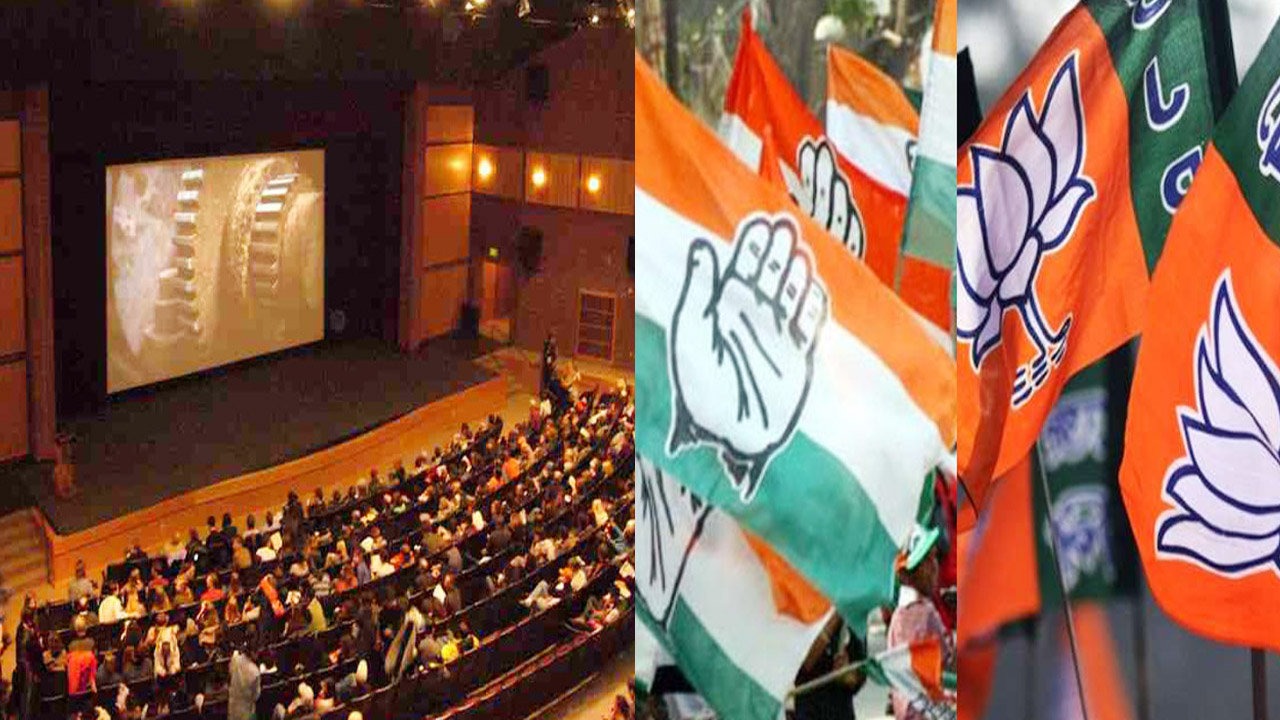Karnataka Legislative Assembly elections 2018
March 26, 2018 | Expert Insights

The Karnataka Legislative Assembly election will be held on May 12 in 224 constituencies to elect their respective members. The results will be declared on May 15, 2018.
Background
The Government of Karnataka is a democratically elected body with the governor as the constitutional head. The governor is appointed for five years and appoints the chief minister and his council of ministers. The governor remains the head of the state, but the day-to-day functioning is undertaken by the chief minister and his council of ministers. For administrative purposes, Karnataka has been divided into four revenue divisions, 49 sub-divisions, 30 districts, 176 taluks, and 747 revenue circles and 5,628 gram panchayats. The state has 281 towns and 7 municipal corporations. Bangalore is the fifth largest urban city out of 23 metropolises in India. It is among the fastest growing cities in the world.
Karnataka took its present shape in 1956, after the states of Mysore and Coorg (Kodagu) merged with the Kannada-speaking districts of the former states of Bombay and Hyderabad, and Madras. Mysore state was made up of 10 districts: Bangalore, Kolar, Tumkur, Mandya, Mysore, Hassan, Chikmagalur (Kadur), Shimoga, and Chitradurga.
The politics of Karnataka is dominated by three major political parties, the Indian National Congress, the Janata Dal (Secular), and the Bharatiya Janata Party (BJP). The Indian National Congress has been in power in the state since May 2013. Siddaramaiah is the current chief minister.
The elections of 2004 led to extremely unusual results. No party had enough seats to form a government on its own. Out of a total of 224 seats, the BJP won 79, the Congress 65 and the JD (Secular) 58. The only possibility was a coalition government and the two largest parties were politically not inclined to form a coalition. During that time, JD(S) President and former Prime Minister Deve Gowda partnered with the Congress to form a government just to keep the BJP out of the government. However, before forming the government, the two parties had entered into an informal power sharing agreement where they would host the chief ministership for a period of 20 months each. This created a unique situation where a government was headed by three different political parties with no elections between them.
Analysis
The official campaign of the Bharatiya Janata Party (BJP) began on November 2, 2017 with the launch of the Nava Karnataka Nirmana Parivarthana rally, which extended through 75 days across the entire state, led by the State President, Y.S. Yeddyurappa. The rally concluded on February 8, 2018, comprising all the constituents in Karnataka and ended with a note addressed by the Prime Minister Narendra Modi.
A fourteen-day “Protect Bengaluru” was carried out by BJP with an aim to revive and rebuild the city. The BJP and Janata Dal parties were campaigning against the Congress, pointing out the flaws and shortcomings under Siddaramaiah. This act bound Congress to highlight the achievements made to counter both the parties. The BJP has given indications that this time the election campaign will be Modi-centric and less focused on B.S. Yeddyurappa.
The Karnataka Pradesh Congress Committee (KPCC) set up a booth level committee at 54,261 locations. The committee will spread information on the various programs undertaken by the Indian National Congress. This was a widespread outreach program, which was held just before the elections. The Congress has taken aggressive steps to reach to grass root level to halt the impression created by the BJP. This micro-level reach by the Congress had created a positive impact on the people considering that Congress was on the losing end for the past few elections.
The Congress party exhibited its full strength in election-bound Karnataka’s coastal districts, a Sangh Parivar stronghold, as their party president Rahul Gandhi is visiting the region. The Congress currently holds seven of the eight seats in Dakshina Kannada district and three of the five in Udupi. BJP has only two out of thirteen, but these numbers are no indication of the parties’ ground strength. The Congress votebank turned out in full strength to see Rahul Gandhi.
The message that Rahul delivered was what they wanted to hear: “Saint Narayana Guru who lived among you people and (Lingayat religion patron saint) Basaveshwara spread the ideas of democracy and equality centuries ago in your land. Modiji does not practice what he preaches or keep his promises, unlike Siddaramaiah. His party creates divides between person to person, wherever they go.” He made no reference to the setting up of the Lingayat religion that the Karnataka cabinet cleared on Monday, which the BJP has called a “vicious” move to divide Hindus.
Assessment
Our assessment is that the people of Karnataka have had enough of communalization and polarization. However, there are many who claim that Siddaramaiah is the best chief minister the state has seen. When an opinion poll was gathered, a sample revealed that Kumaraswami from Janata Dal was their first choice, followed by Yeddyurappa (BJP) and then Siddaramaiah (Indian National Congress). We believe that it will be a close fight on who has the upper hand in Karnataka this time. Despite all the emerging political issues, the entire nation and Karnataka state is eagerly waiting for the Karnataka Assembly Elections of 2018.








Comments